travertine
travertine
Etymology
The word ‘travertine’ is a italian word.The word ‘travertine’ is derived from the Italian travertino, itself a derivation of the Latin tiburtinus ‘of Tibur’. Its namesake is also the origin of Tivoli, a district near Rome.
Occurrence
Badab-e Surt’s stepped travertine terrace formations. The red color of this stone terraces is due to iron carbonate.
Mausoleum submerged in a travertine pool at Hierapolis hot springs, Turkey.
In Italy, well-known travertine quarries exist in Tivoli and Guidonia Montecelio, where the most important quarries since Ancient Roman times, like the old quarry of Bernini in Guidonia, can be found. The latter has a major historic value, because it was one of the quarries that Gian Lorenzo Bernini selected material from to build the famous Colonnade of St. Peter’s Square in Rome (colonnato di Piazza S. Pietro) in 1656-1667. Michaelangelo also chose travertine as the material for the external ribs of the dome of St Peter’s Basilica. Travertine derives its name from the former town, known as Tibur in ancient Roman times. The ancient name for the stone was lapis tiburtinus, meaning tibur stone, which was gradually corrupted to travertino (travertine). Detailed studies of the Tivoli and Guidonia travertine deposits revealed diurnal and annual rhythmic banding and laminae, which have potential use in geochronology.
Cascades of natural lakes formed behind travertine dams can be seen in Pamukkale, Turkey, which is a UNESCO World Heritage Site. Other places with such cascades include Huanglong in Sichuan Province of China (another UNESCO World Heritage Site), the Mammoth Hot Springs in the US, Egerszalók in Hungary, Mahallat, Abbass Abad, Atash Kooh, and Badab-e Surt in Iran, Band-i-Amir in Afghanistan, Lagunas de Ruidera, Spain, Hierve el Agua, Oaxaca, Mexico and Semuc Champey, Guatemala.
In Central Europe’s last post-glacial palaeoclimatic optimum (Atlantic Period, 8000-5000 BC), huge deposits of tufa formed from karst springs.[citation needed] Important geotopes are found at the Swabian Alb, mainly in valleys at the foremost northwest ridge of the cuesta; in many valleys of the eroded periphery of the karstic Franconian Jura; at the northern Alpine foothills; and the northern Karst Alps. On a smaller scale, these karst processes are still working. Travertine has been an important building material since the Middle Ages.
Travertine has formed sixteen huge, natural dams in a valley in Croatia known as Plitvice Lakes National Park. Clinging to moss and rocks in the water, the travertine has built up over several millennia to form waterfalls up to 70 m (230 ft) in height.
In the U.S., the most well-known place for this stone formation is Yellowstone National Park, where the geothermal areas are rich in travertine deposits. Wyoming also has travertines in Hot Springs State Park in Thermopolis. Oklahoma has two parks dedicated to this natural wonder. Turner Falls, the tallest waterfall in Oklahoma, is a 77 feet (23 m) cascade of spring water flowing over a this stone cave. Honey Creek feeds this waterfall and creates miles of this stone shelves both up and downstream. Many small waterfalls upstream in the dense woods repeat the travertine-formation effect. The city of Davis now owns thousands of acres of this land and has made it a tourist attraction. Another travertine resource is in Sulphur, Oklahoma, 10 miles (16 km) east of Turner Falls.this stone Creek flows through a spring-water nature preserve within the boundaries of the Chickasaw National Recreation Area.[citation needed]
In Texas, the city of Austin and its surrounding “Hill Country” to the south is built on limestone. The area has many travertine formations, such as those found at Gorman Falls within Colorado Bend State Park, the nature preserve known as Hamilton Pool, the West Cave Preserve, and Krause Springs in Spicewood.
Hanging Lake in Glenwood Canyon in Colorado has travertine deposits and aqua blue water. Rifle Falls State Park in Colorado features a triple waterfall over a travertine dam.
In Arizona, on the south side of the Grand Canyon there is the Havasupai Reservation. Flowing through it is Havasu Creek, which has extensive this stone deposits.[citation needed] Three major waterfalls, Navajo Falls, Havasu Falls, and Mooney Falls, are all located downstream from the town of Supai. There are numerous smaller cataracts formed by travertine dams. These features are located about 2 miles (3.2 km) from Supai Village (on the floor of the canyon), and are accessible by foot or horseback.
In Iceland, the Hvanná river, located at the north flank of the Eyjafjallajökull, was heavily charged with CO2 following the 2010 eruptions. Travertine precipitated along the river. By 2014, CO2 concentration in the river has decreased and travertine has started to dissolve. However, in places, where the river changed its bed, this stone covered rocks can still be seen.
In North East Sulawesi, Indonesia is the Wawolesea Karst. A notable feature of this area is a pond several meters from the beach, formed by a salty, hot water fountain extant since the Neogene period.
Geochemistry
Modern this stone is formed from geothermally heated supersaturated alkaline waters, with raised pCO2 (see partial pressure). On emergence, waters degas CO2 due to the lower atmospheric pCO2, resulting in an increase in pH. Since carbonate solubility decreases with increased pH, precipitation is induced. Precipitation may be enhanced by factors leading to a reduction in pCO2, for example increased air-water interactions at waterfalls may be important, as may photosynthesis. Precipitation may also be enhanced by evaporation in some springs.
Both calcite and aragonite are found in hot spring travertines; aragonite is preferentially precipitated when temperatures are hot, while calcite dominates when temperatures are cooler. this stone may precipitate out directly onto rock and other inert materials as in Pamukkale or Mammoth Hot Springs for example.

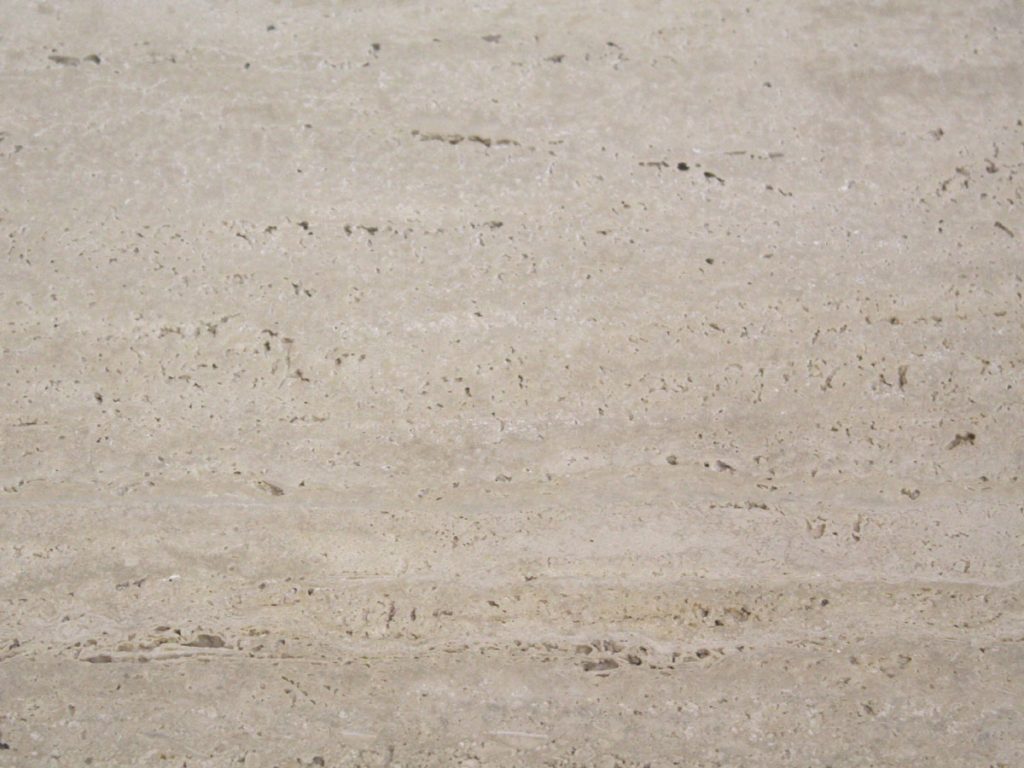
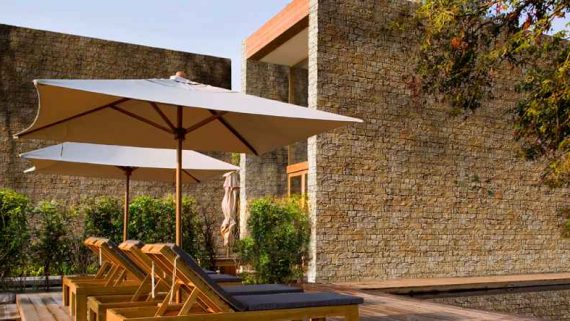

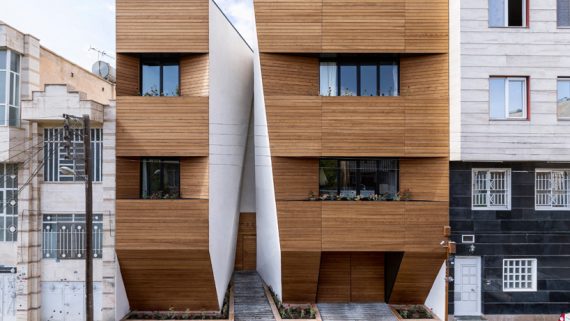
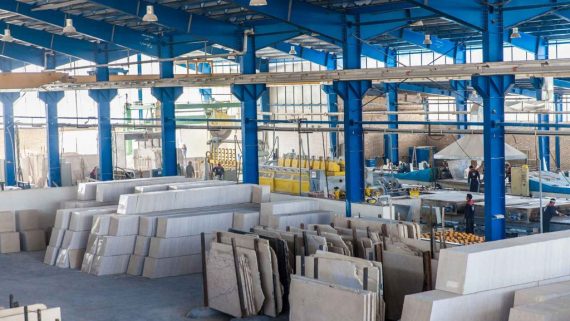
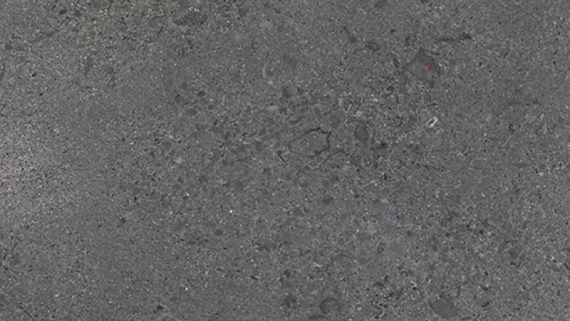


Comments
Comments are closed.